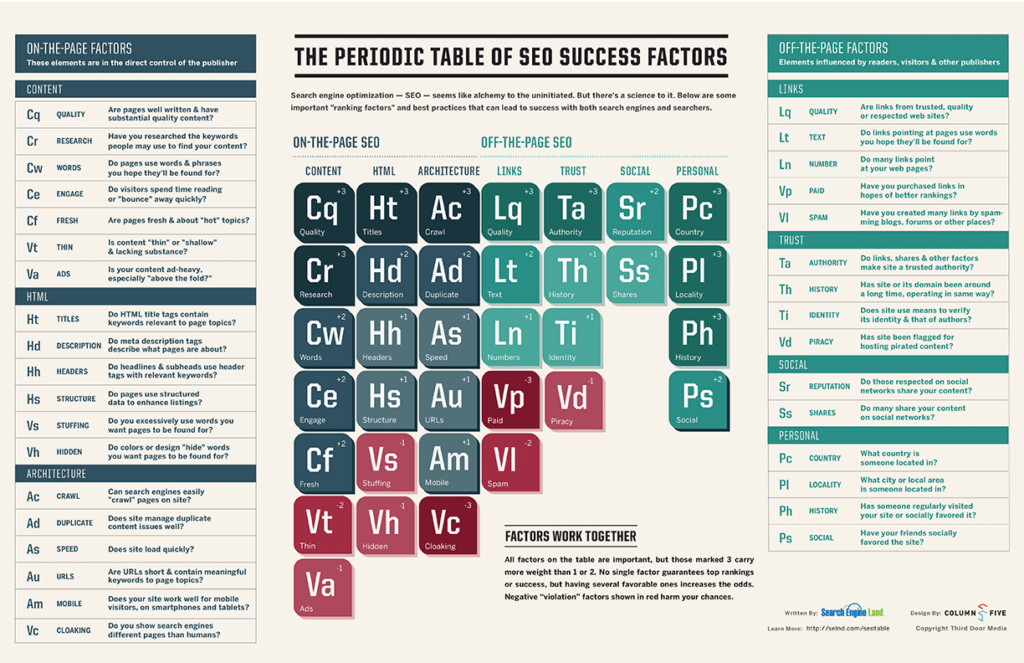What is web accessibility?
Web Accessibility is both art and science. It includes the technical aspects of how a website is implemented and the tools used to publish content to the web, as well as, the way content is created and communicated on webpages.
Why web accessibility?
- Up to 20 percent of Internet users experience accessibility issues when using the internet.
- Improving Web Accessibility provides the extra benefits of increased Search Engine Optimization (SEO) and improved user experience.
- There is a compliance component connected to the Americans with Disabilities Act (ADA).
WCAG 2.0
The Web Content Accessibility Guidelines (WCAG) is the set of guidelines to ensure as many users as possible can use a website. There are four main principles:
- Perceivable
- Operable
- Understandable
- Robust
These sections are divided further down with specific criteria.
Compliance levels
- There are three levels A, AA and AAA
- It is best practice (and most realistic) to aim for level AA among most of the website.
- To achieve level AA there are 38 criteria to comply with.
30,000 foot view of criteria
- Consistent design
- Navigation
- Headings
- Use of color
- Links
- Interactive elements
- Page titles
- Keyboard navigation
- Content sequence
- Enlarging
- Coding
Key things to keep in mind
For web contributors there are few things that you can do.
- Stay away from using ambiguous text for links. Such as, MORE or CLICK HERE.
- Provide images with an accurate alternate text.
- Name webpages accurately.
- Be purposeful in how you break up content on a webpage. Build it in a logical sequence.
Who is Web Accessibility for?
You may think that Web Accessibility is just for people with disabilities who need assistive technology to navigate the web.
Such as people who have:
- Low vision
- Hearing or motor impairments
- Difficult reading when using tech
But you’d be wrong
- At the core of Web Accessibility is providing the best user experience for all users.
- Improving Web Accessibility directly impacts not only the access of our story, but also the paths which people find us.
- It is the foundation for all aspects of user experience.
Where SEO comes in
- Search Engine Optimization (SEO) is the process of maximizing the number of visitors to a particular website by ensuring that the site appears high on the list of results returned by a search engine.
- This process overlaps most of the criteria for making a website Web Accessible.
Such as:
- Making sure the structure and the title of webpages are using key words and terms that describe the intent of the content for the webpage.
- Having those key words and terms used in alternative text for images.
- Using robust linking that describes the intent of the content, and if possible key words and terms that outlink to appropriate web content.
- Providing accurate meta description of the page using key words and terms.
Things to avoid:
- Be accurate and robust with content creation, but do not ‘word stuff.’
- Do not cannibalize web content by having too many repetitive key words and terms on multiple pages.
- Do not overwrite the meta description for a webpage. Between 100 and 150 characters is all that will show up in the description for a search.
What we are doing
- We are currently using a tool called Dubbot to help us with our Web Accessibility, as well as quality assurance throughout the entire website.
- It crawls every week to give us a report on these things and we go in and attempt to make fixes.
- We have reached out (and continue) to reach out to departments that create a large amount of content and gone through basic training.
- We are exploring an SEO tool to help with that aspect of our website.
It is all about best effort
We can’t fix everything, all the time and Web Accessibility and SEO are moving targets. We need to make our best effort to improve our user experience for all, so that we are accessible to the most and able to be found by as many as possible.



